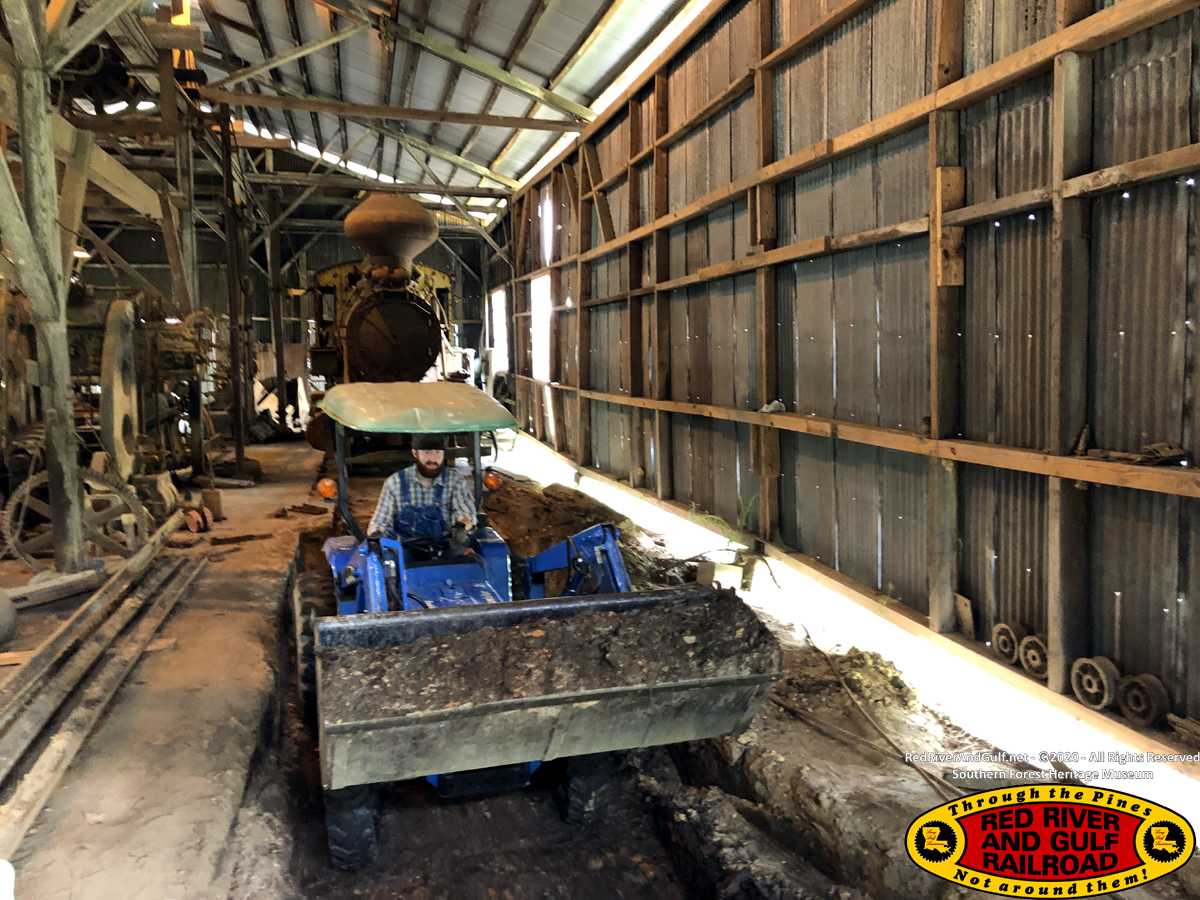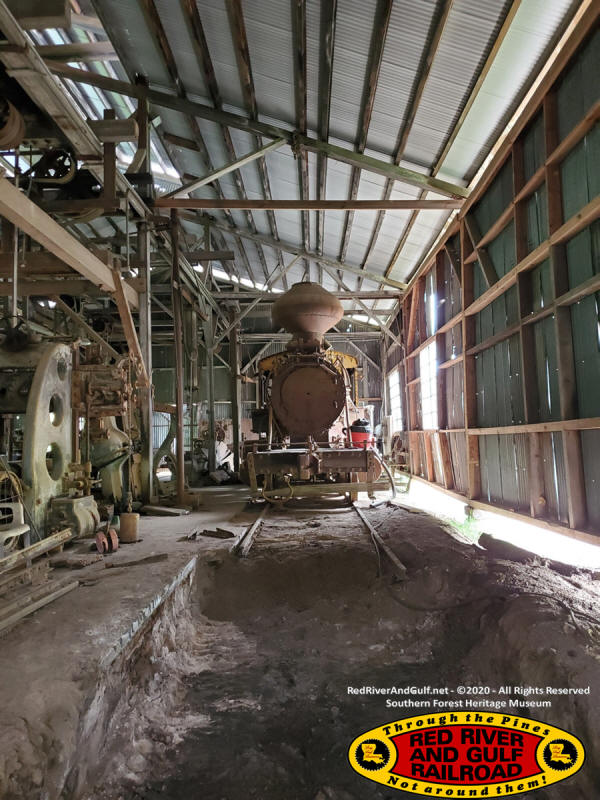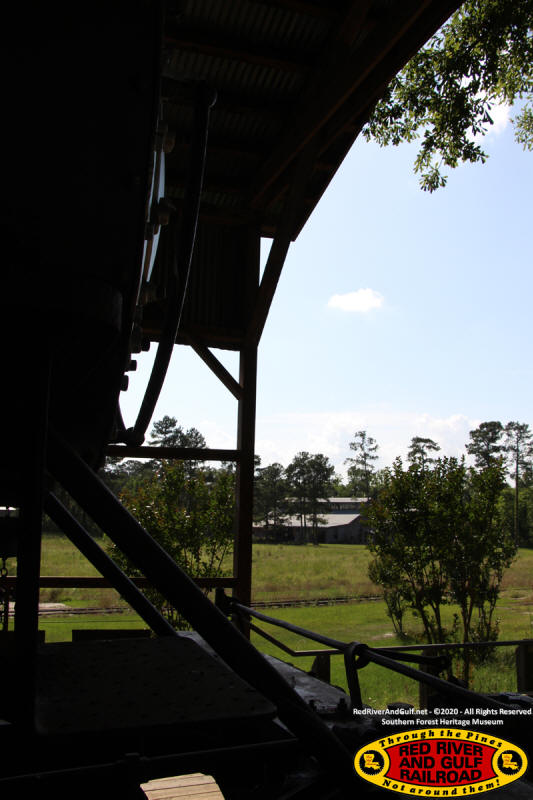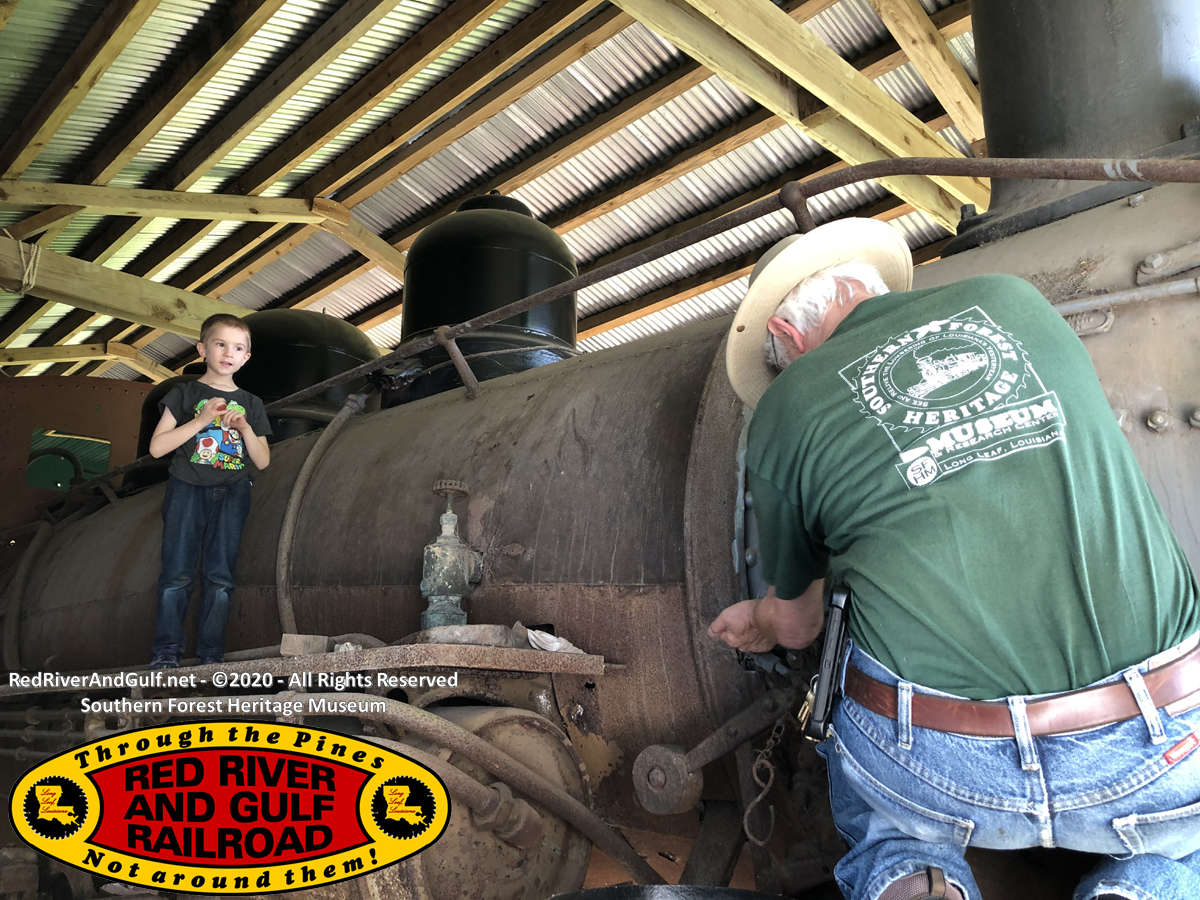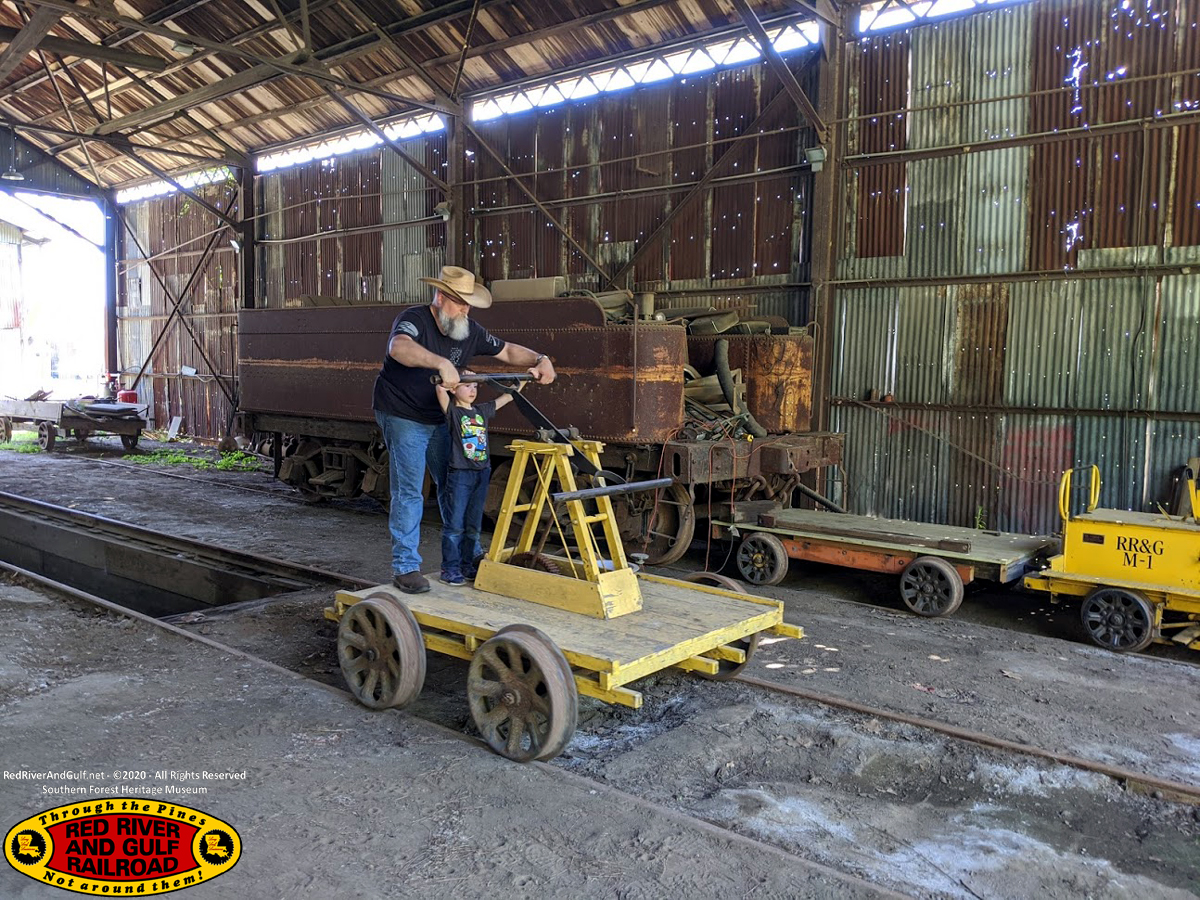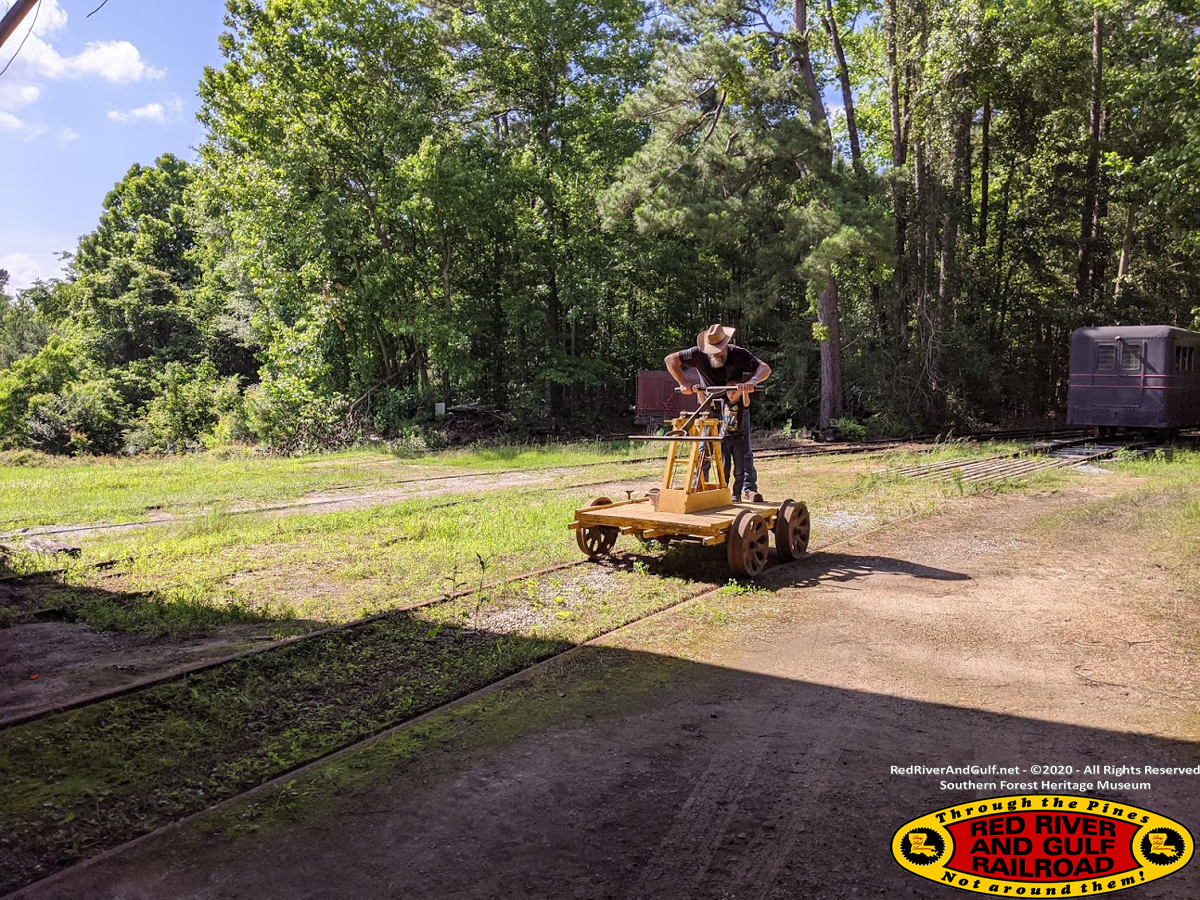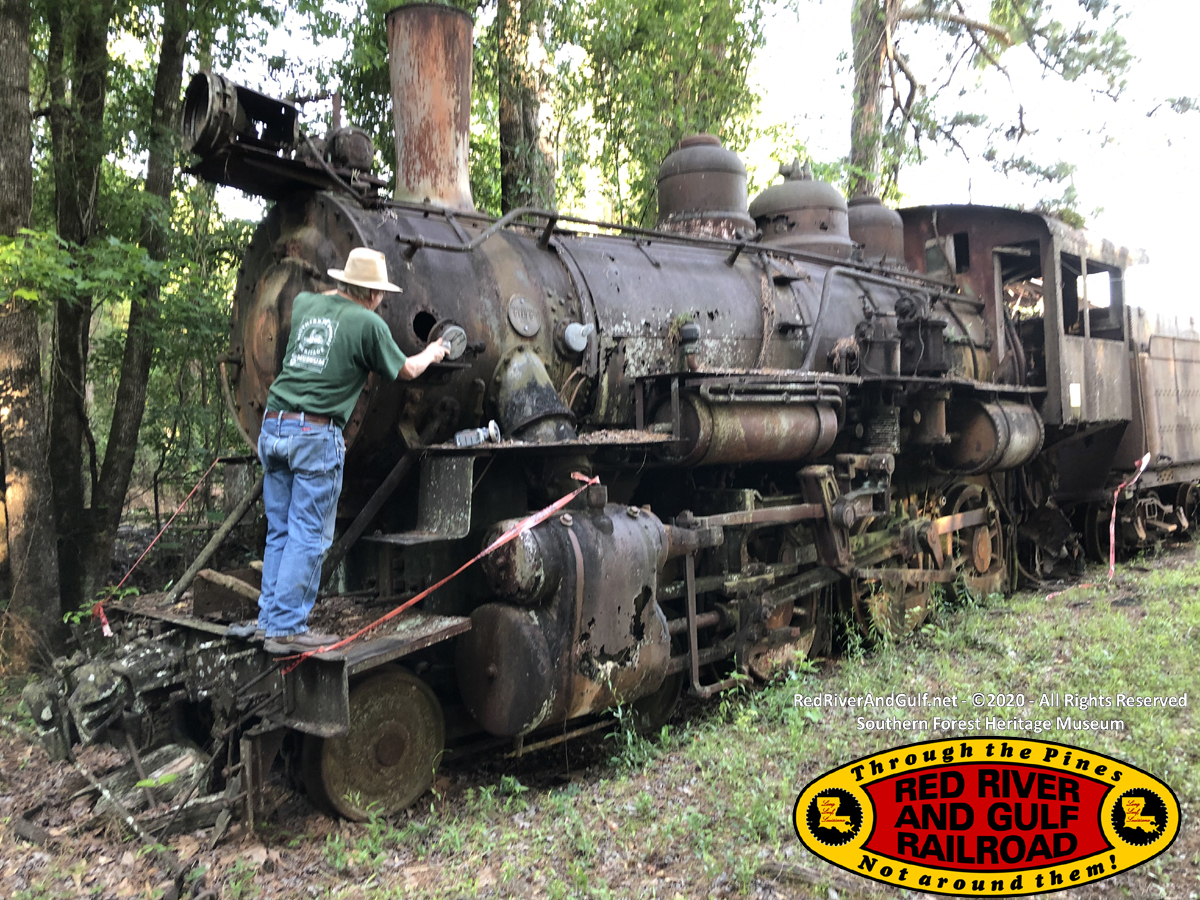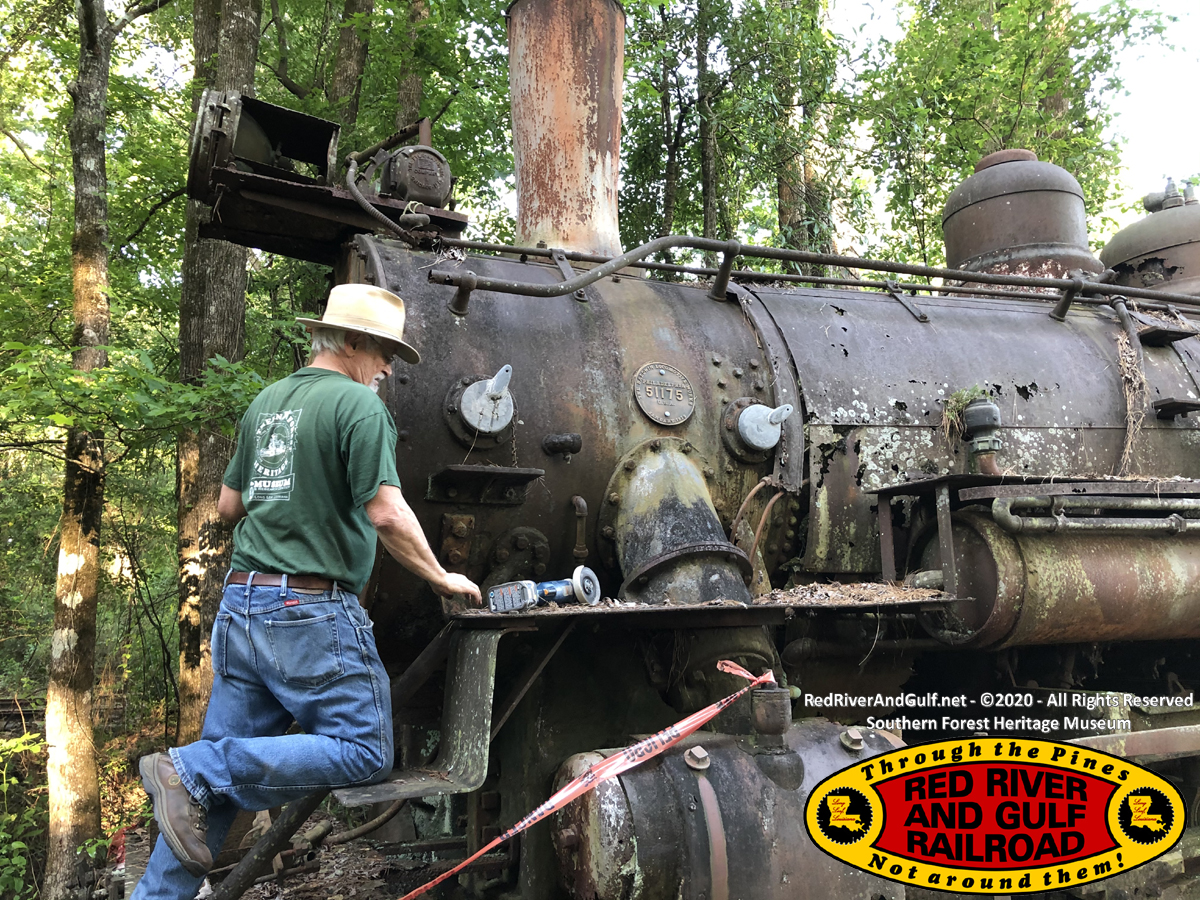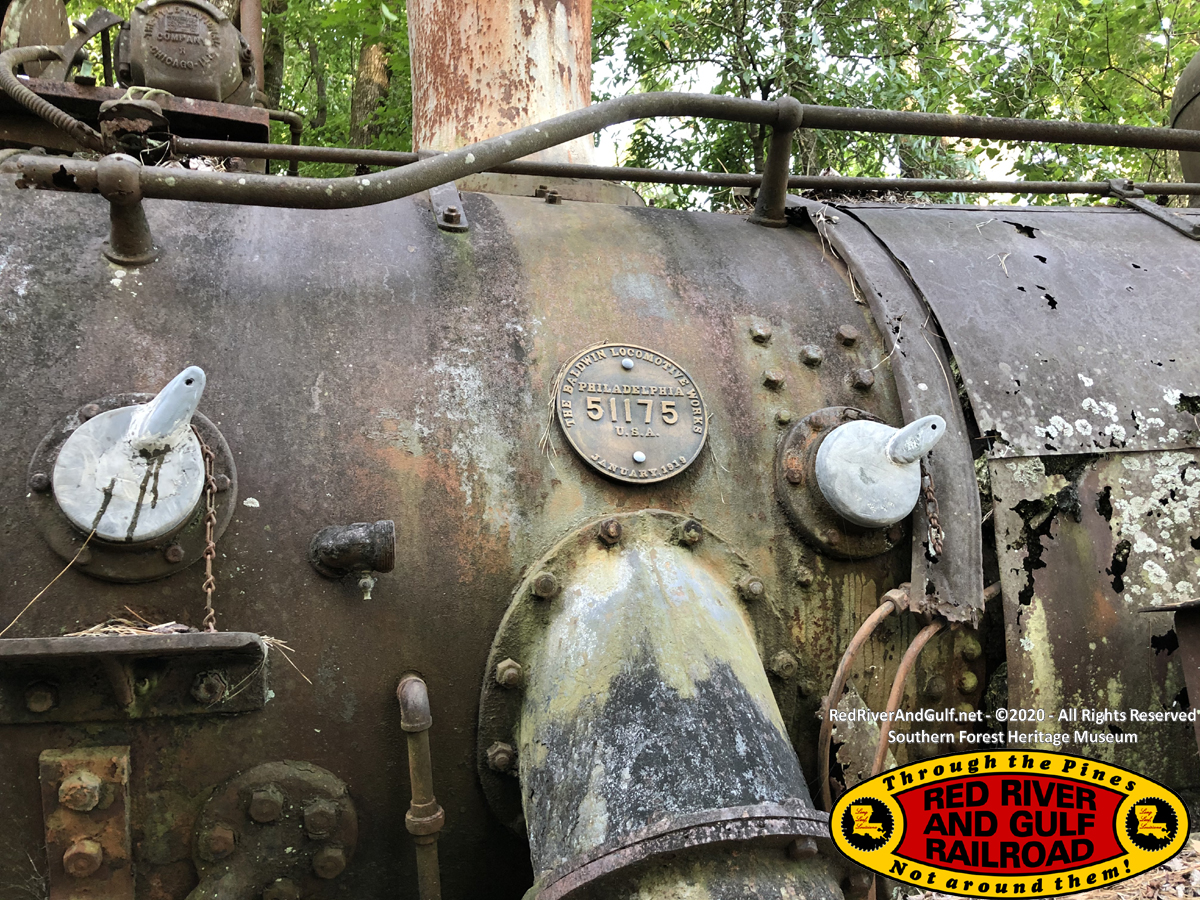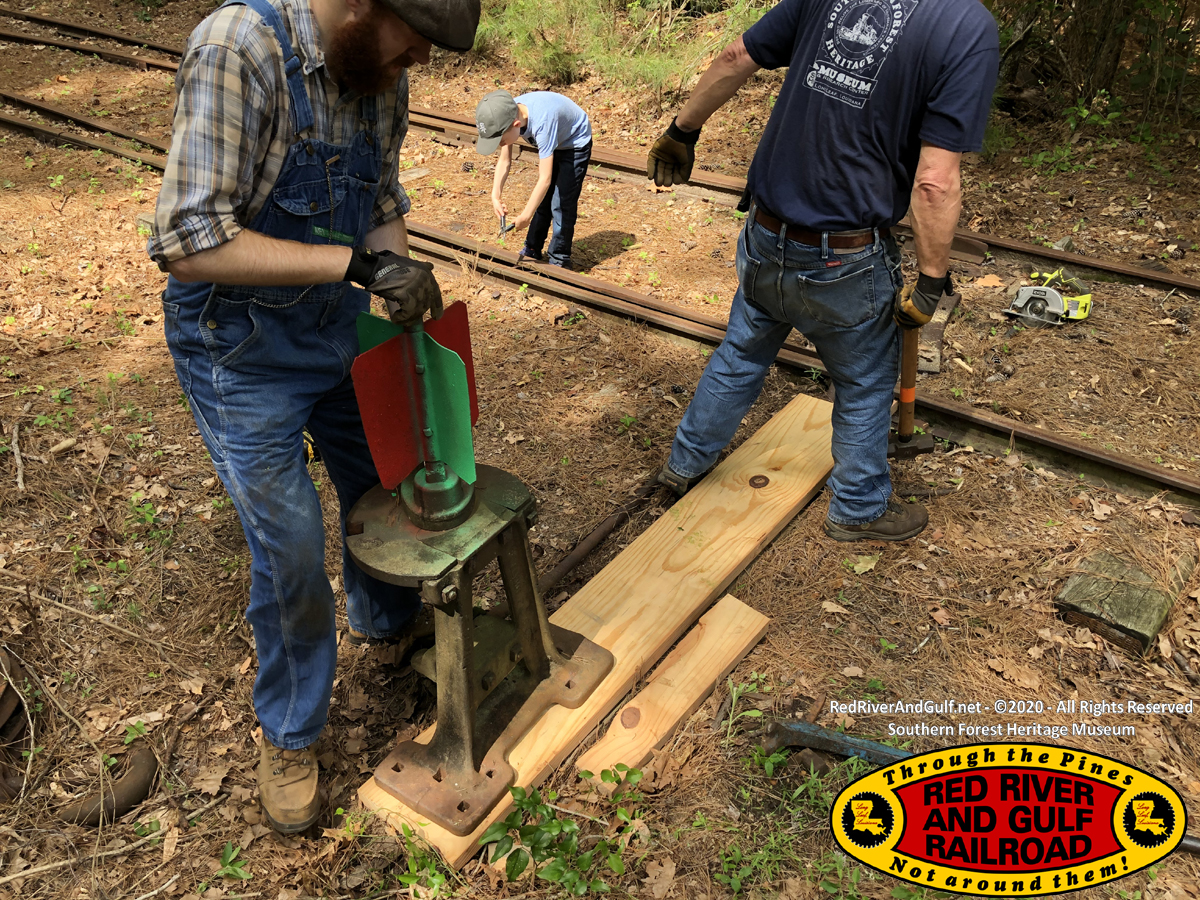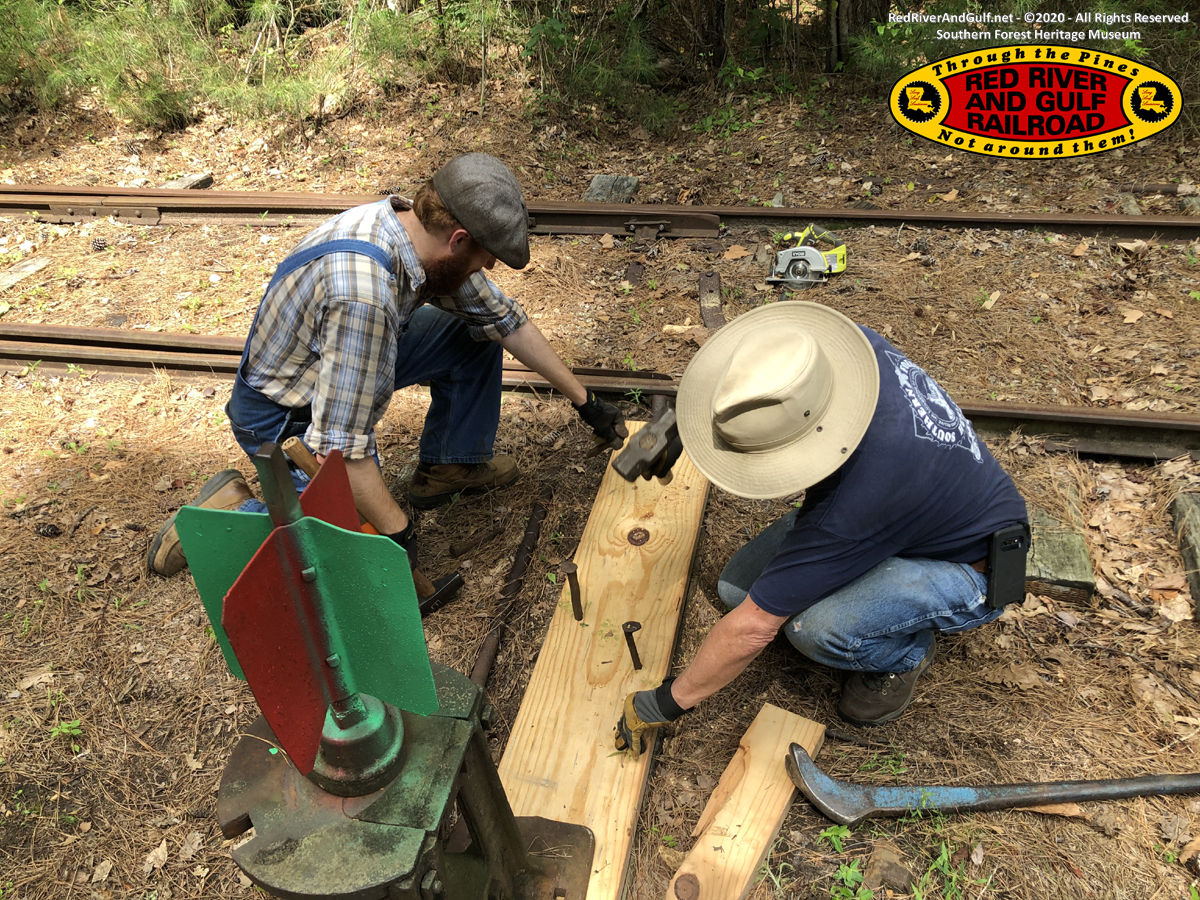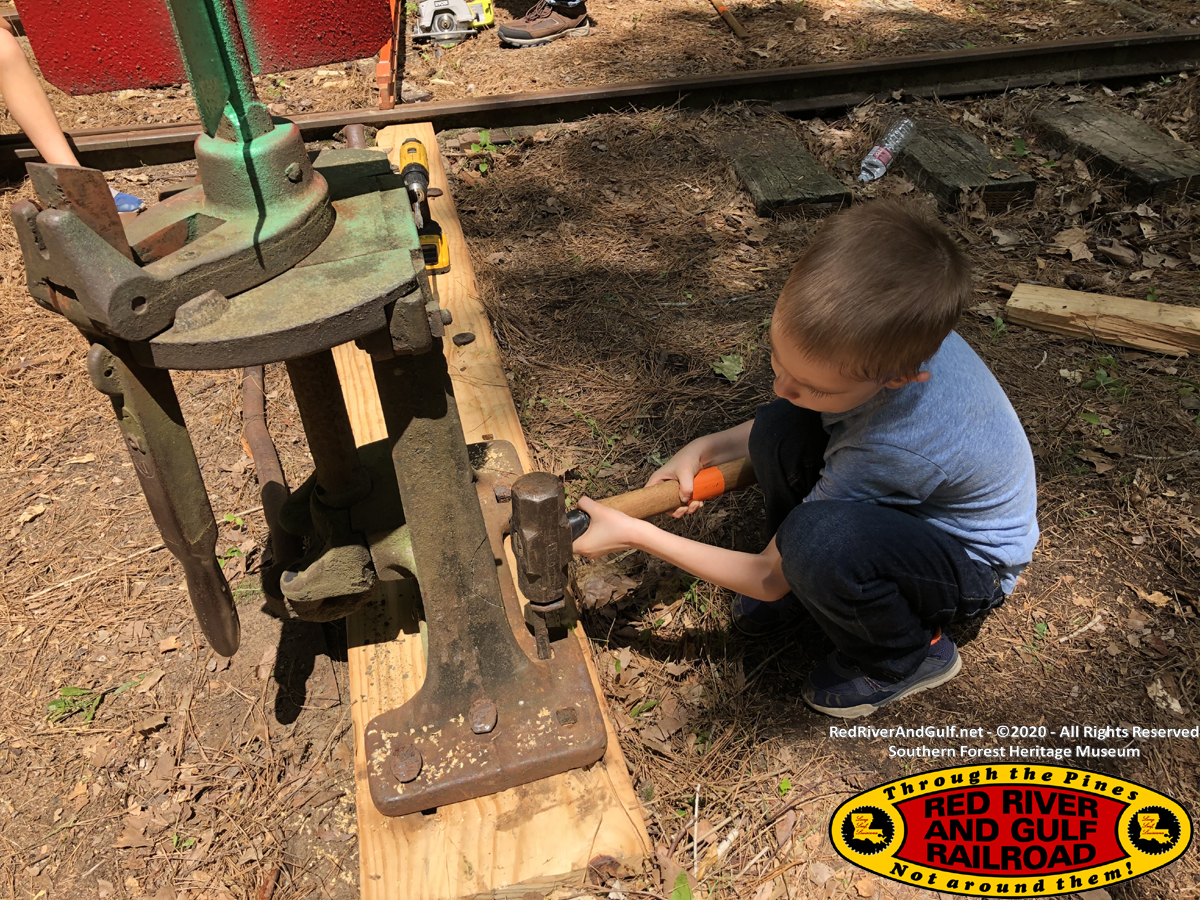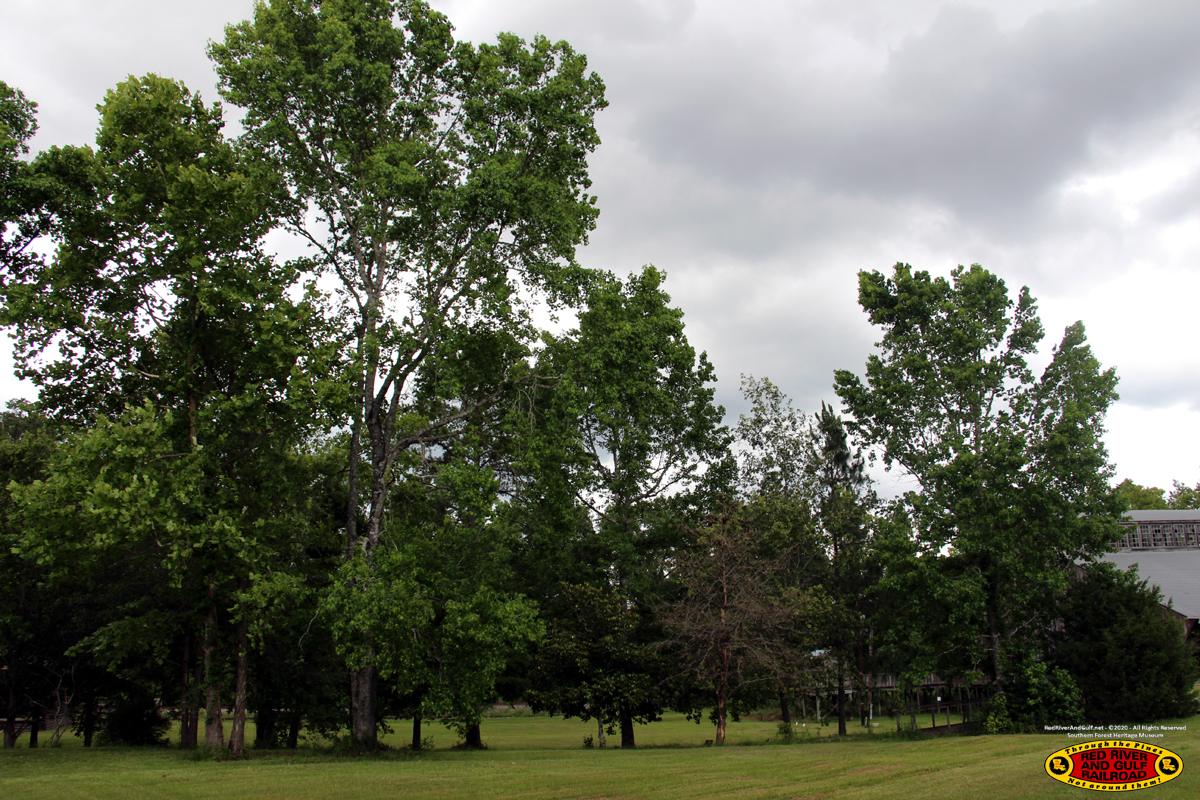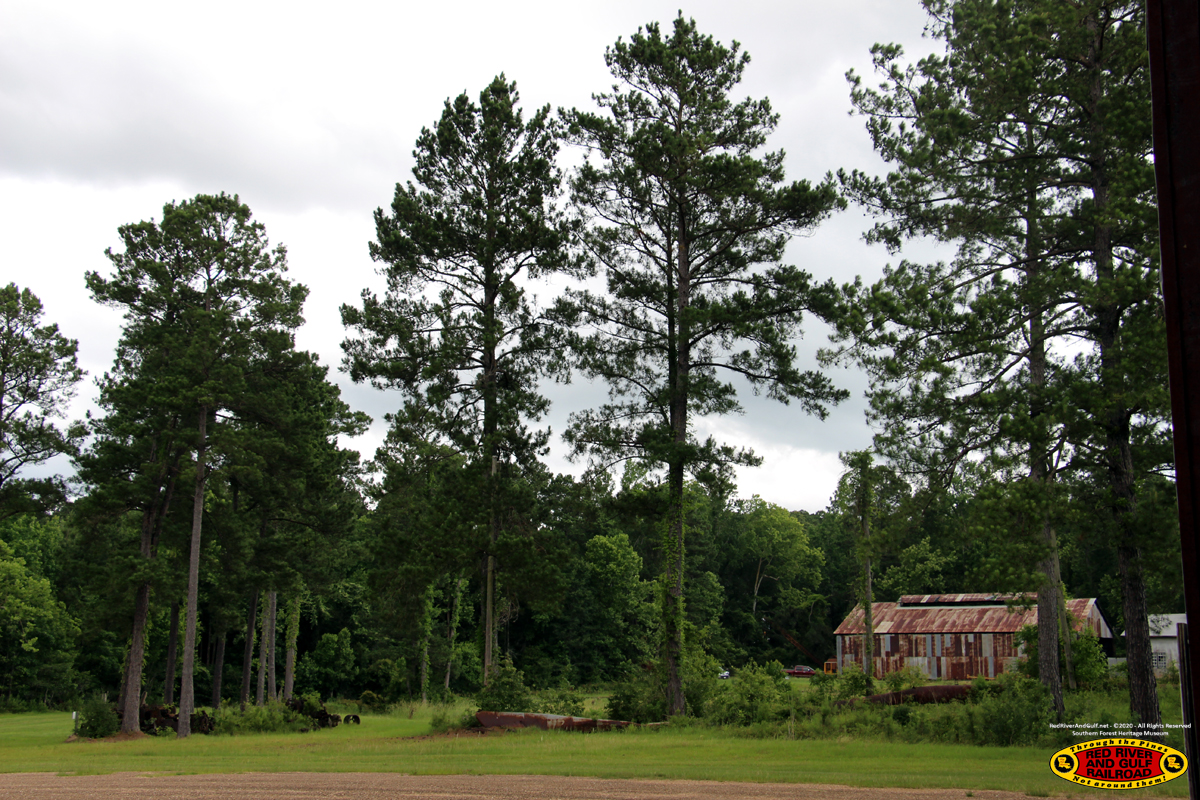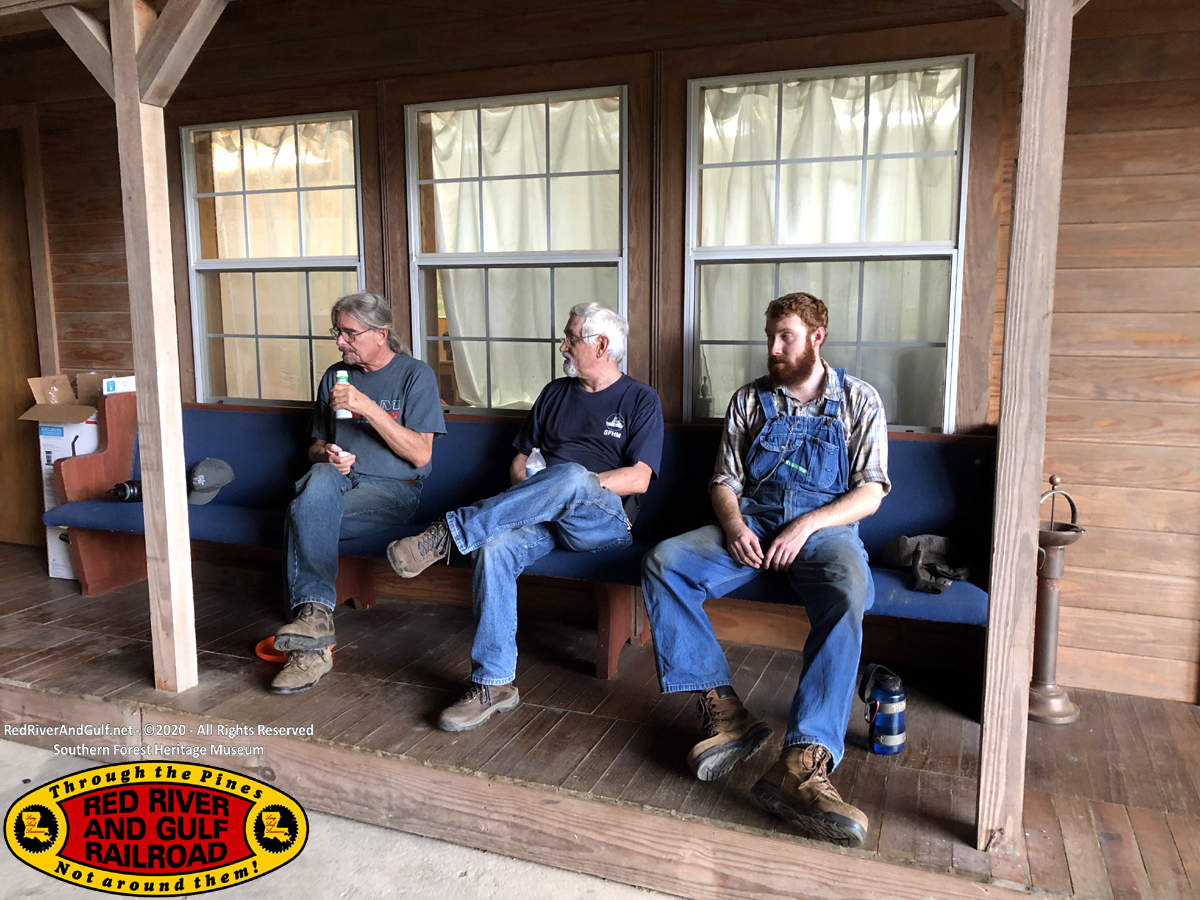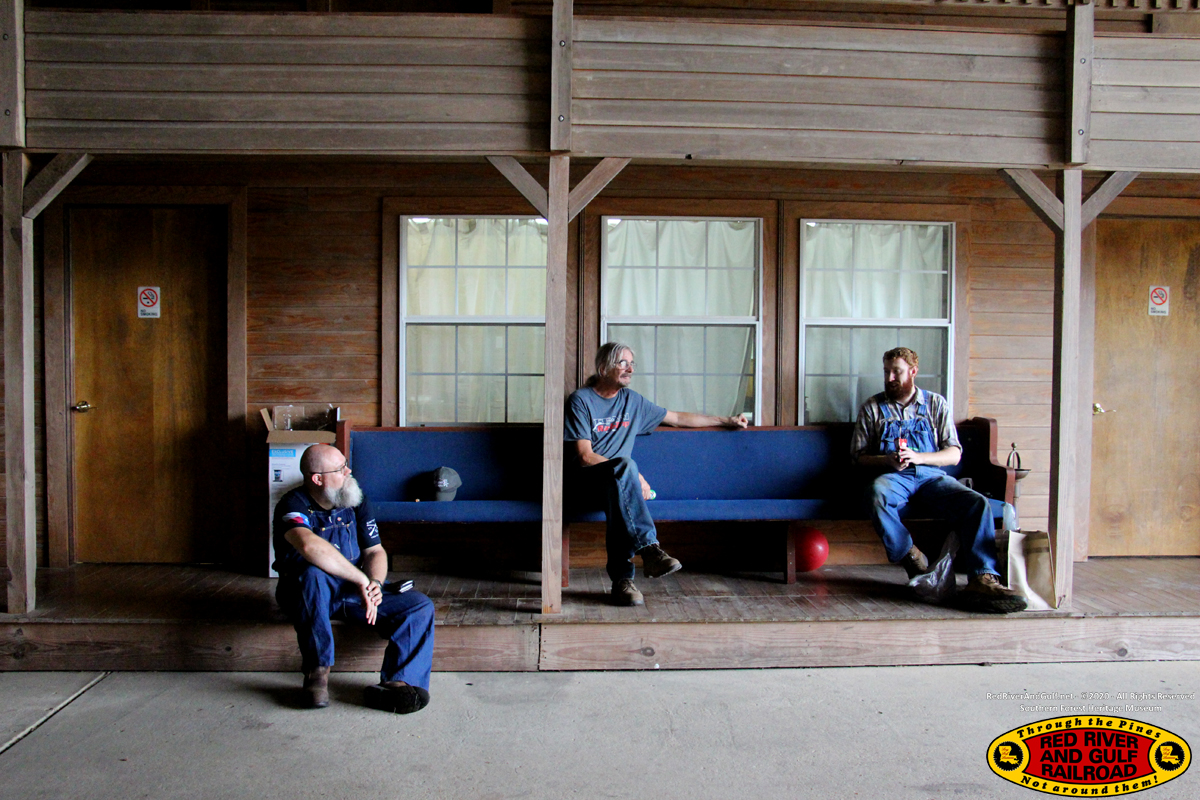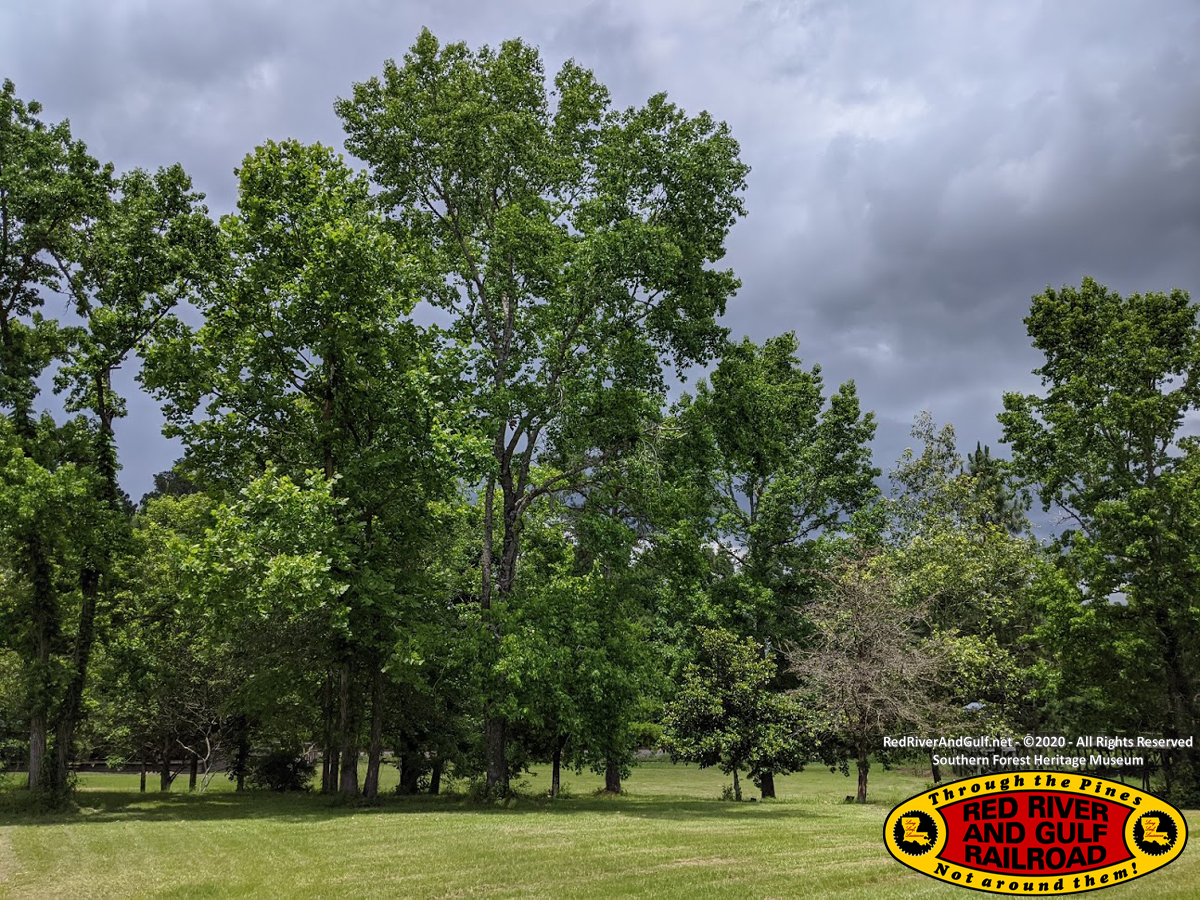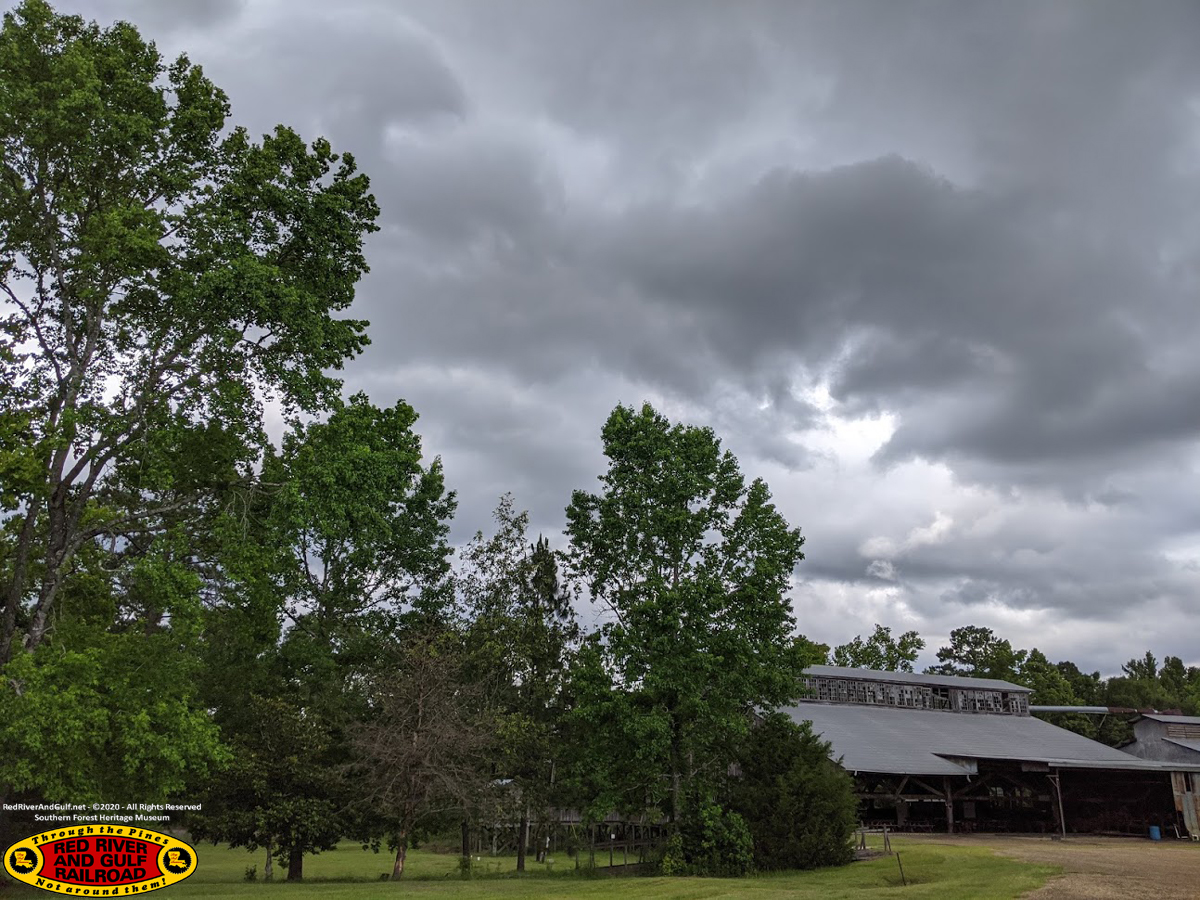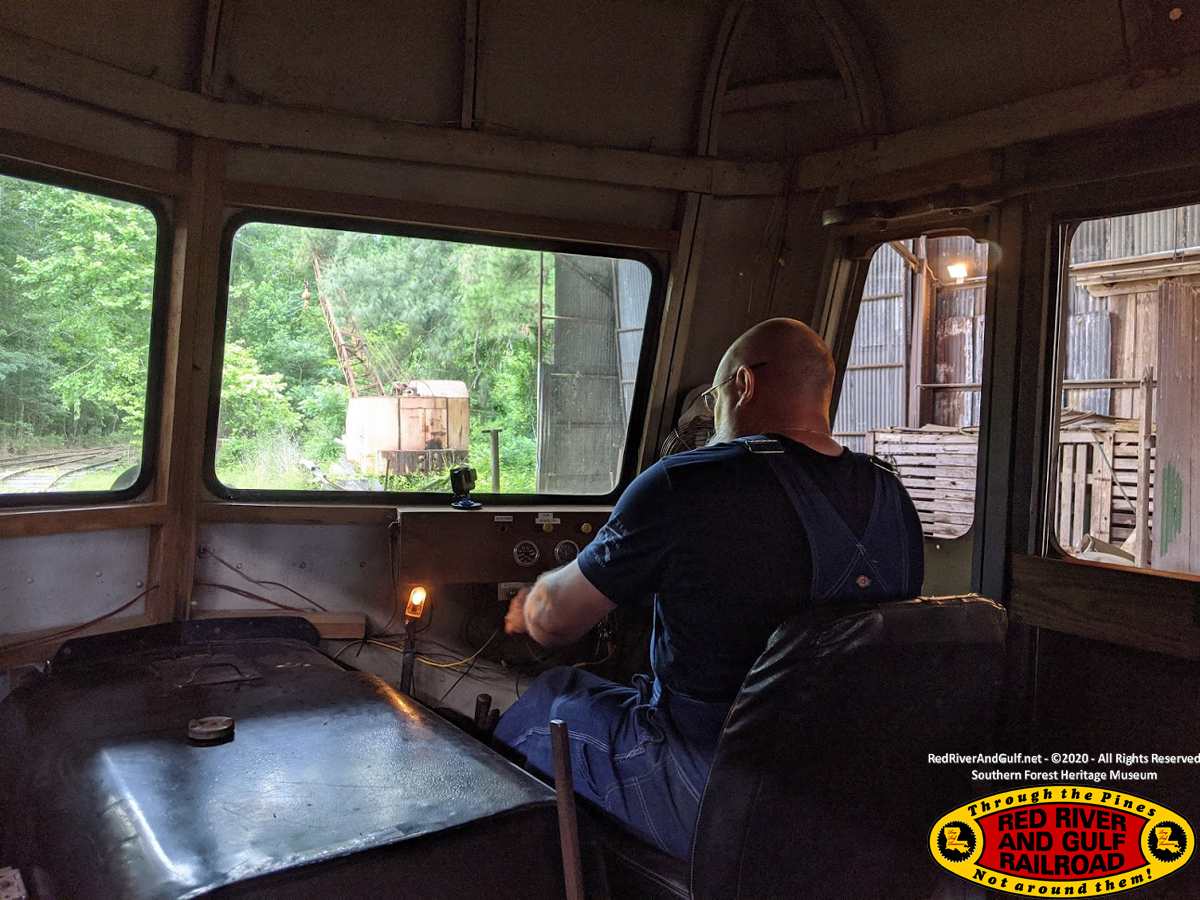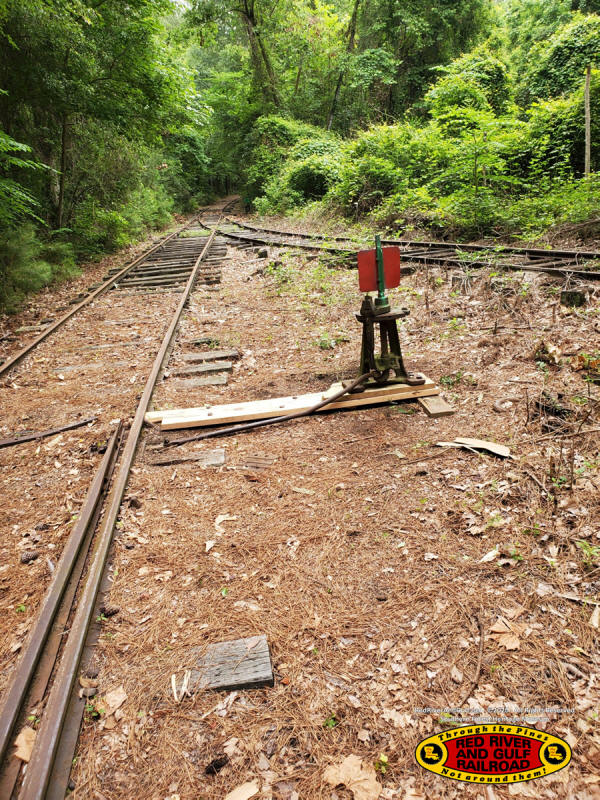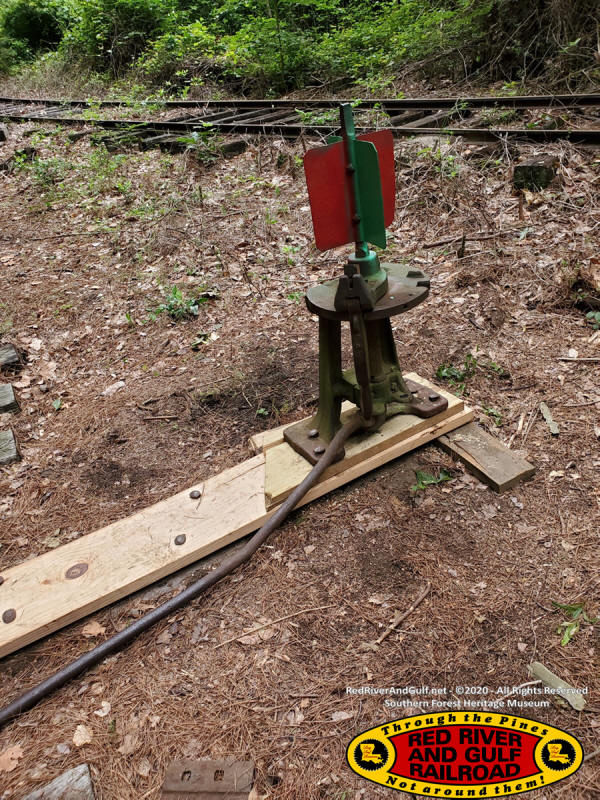|
Team:
Michael
Miller, Tucker Baker, Everett Lueck, Noah Rose, Jason Rose
On Saturday, Everett and Jason set to work on supporting and tightening
in place the switch stand at Switch #10, the switch that heads into the
Engine House pit track. The switch ties are mostly rotted out (and will
need replacing eventually) and the stand would wriggle back and forth
when the switch would be thrown. Using a piece of 2x12 wood, the switch
stand was lifted up and the board placed underneath. This allowed the
stand to be secured to the board and to not wriggle upon throwing the
switch. After checking the points upon securing the switch stand, the
switch points were not closing properly. We then removed the track joint
bolt nuts that had been used improperly as switch point spacers and with
that change, the switch closed properly. The switch stand is more secure
now, but could use more fine tuning in the future.
Jason and Everett set about to position the work car trailers behind the
M2 motor car to allow the weed sprayer to be further from the motor car
operator and for future work on repairing the wash out on the line to
Sandersville. Large timbers have been located next the tender of
locomotive 400 and with both flatcar trailers in their position behind
M2 they can be loaded up for bridging this washout in the future.
Mike and I continued and finished the dirt clean out of the machine shop
railroad track bed using the tractor bucket. Thank you kindly to Gerald
for removing the finishing mower blade in advance, as this saved us time
and allowed us to set right to work on the shop tracks. The area is now
prepped and ready for new fill material to come in. The area near the
door has a good clay base so only a small amount of material is needed.
We put in a gradual grade so that once the fill material is brought in,
it can be leveled off for laying ties and rail. Mike is working on
sourcing a small amount of pit run gravel and I've asked him to let me
know once it arrives at the museum. As soon as it arrives, I'll come
back up right away to help Mike finish the project. Thank you to Mike
for working on sourcing this fill material and prior studying / planning
on this project.
During the course of cleaning out the dirt, we made a neat discovery.
The machine shop track has a 6ft long locomotive concrete servicing pit,
depth unknown. It is located about 20 feet from the large locomotive
doors on the shop. Now we know why the current track was over an
existing grade, as they filled in the pit and laid a new railroad grade
at a higher height. The current track and cement floor were made to be
level with each other. Makes sense for the machine shop to have a
servicing pit, as it was built before the engine house was built. We
will still be able to re-lay the machine shop track as we planned, but
its just neat to now know what lies underneath!
On Sunday, Everett and I used the tractor and chains to pull out two
pieces of railroad equipment from the junk pile near locomotive 400, two
60 lb rail switch frogs (after we cleared out vegetation and branches to
get to them). They are shaped akin to an elongated "X" and are used in
railroad switch turnouts. We then placed them on the concrete sawmill
pad next to the other pile of switch frogs. When time and weather permit
in the future, we plan on sorting and measuring these frogs.
-Tucker Baker
RR&G Road Master
|
